Rock climbing has evolved from a niche adventure sport to a mainstream activity that attracts millions of enthusiasts worldwide. While indoor climbing gyms and beginner-friendly crags offer safe environments for newcomers to learn the ropes, the world of extreme climbing presents challenges that can humble even the most experienced climbers. These aren’t your typical weekend warrior destinations where you can casually clip bolts and enjoy the view.
The climbing spots we’re about to explore demand years of training, technical expertise, and mental fortitude that goes far beyond basic rock climbing skills. Here is a list of 15 rock climbing spots that separate the weekend climbers from the true masters of vertical terrain.
El Capitan’s Dawn Wall
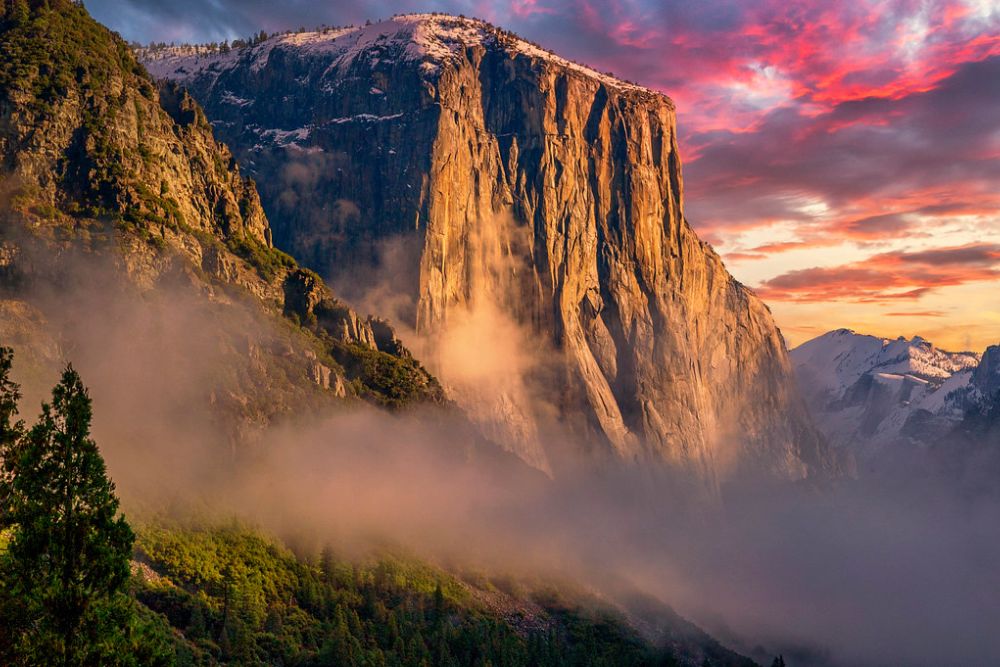
Yosemite’s El Capitan stands as the ultimate test of big wall climbing, and the Dawn Wall route represents the pinnacle of technical difficulty on this granite monolith. This 3,000-foot vertical marathon took Tommy Caldwell and Kevin Jorgeson 19 days to complete during their historic first ascent in 2015.
The route contains some of the most challenging free climbing moves ever attempted on a big wall, with sections that require fingertip precision on holds smaller than a pencil eraser. Most climbers who attempt this route spend months preparing their fingers and developing the specific strength needed for the tiny crimps that define this legendary line.
Annapurna South Face
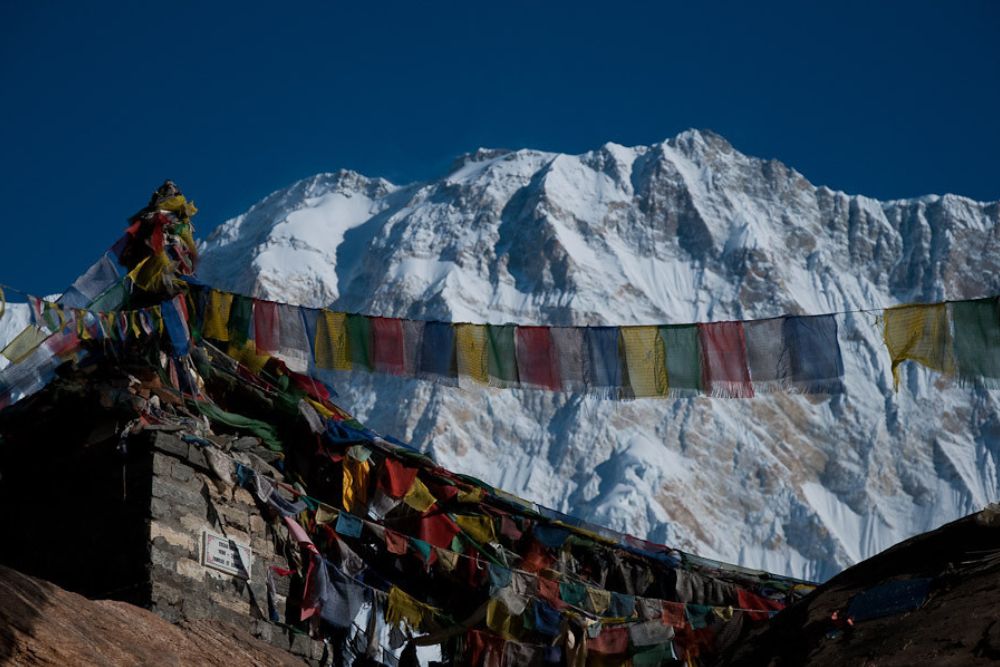
Nepal’s Annapurna presents one of the most technically demanding and dangerous climbing challenges in the Himalayas, with a fatality rate that exceeds even K2. The South Face route combines extreme altitude with technical rock and ice climbing that pushes even elite mountaineers to their limits. Avalanche danger remains constant throughout the climb, and weather windows are notoriously unpredictable in this region.
The combination of thin air, objective hazards, and sustained technical difficulty makes this mountain a proving ground for only the most accomplished high-altitude climbers.
Like Travel Pug’s content? Follow us on MSN.
Cobra Crack
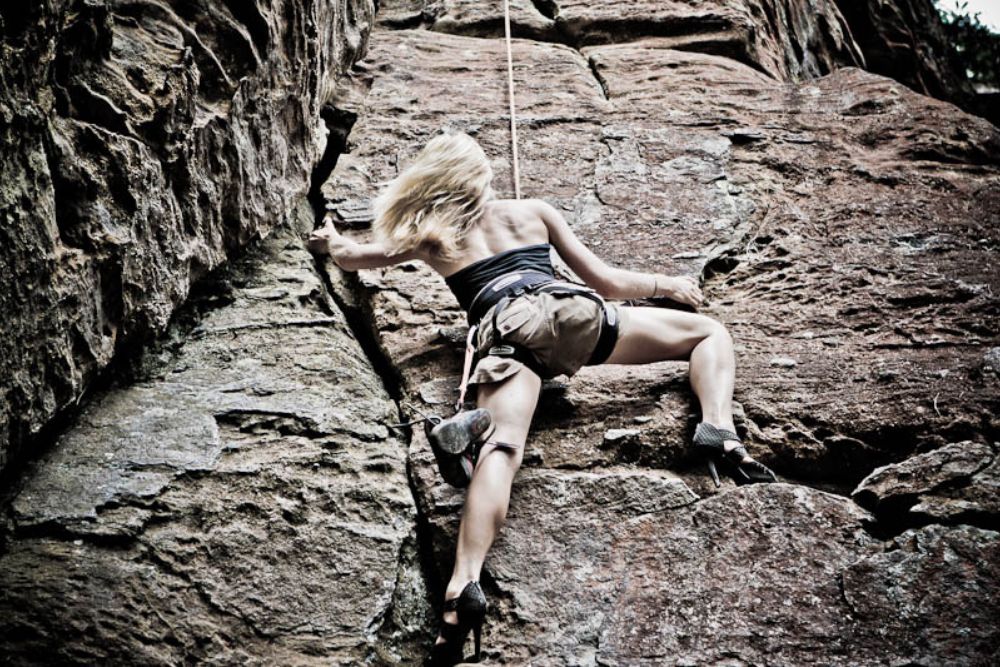
Squamish’s Cobra Crack earned its reputation as one of the world’s most punishing crack climbs, demanding a level of technique and pain tolerance that borders on the absurd. This 100-foot overhanging fissure requires climbers to jam their hands and feet into a crack that varies from finger-size to fist-size while hanging upside down for extended periods.
The sustained nature of the climb means there’s no rest once you commit to the route, and the pump in your forearms builds relentlessly until you either reach the top or fall off. Even world-class crack climbers often require multiple attempts to unlock the specific sequence of moves that make this route possible.
Cerro Torre
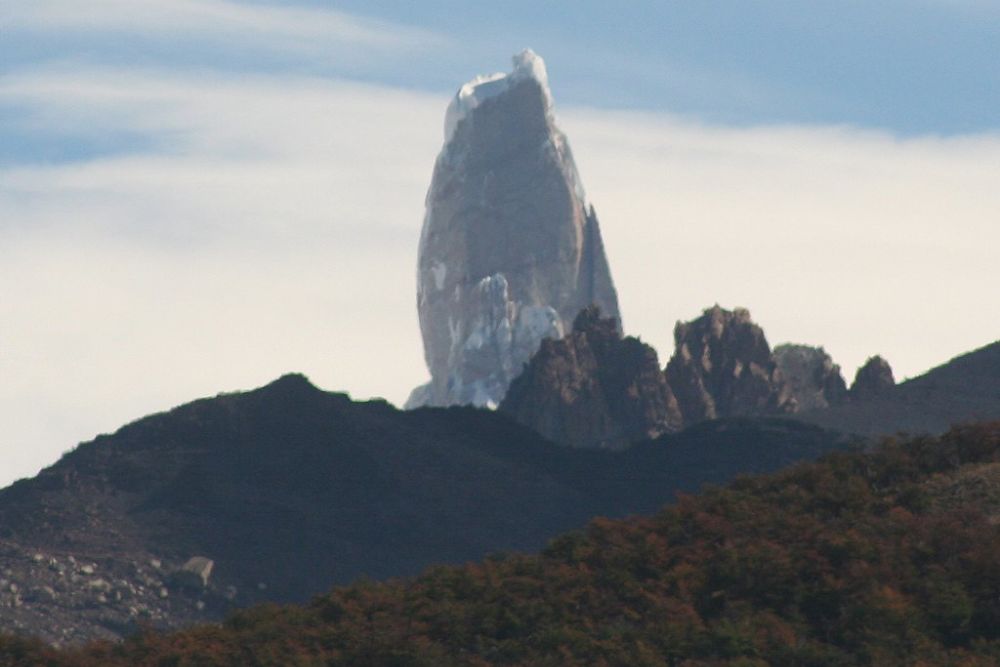
Patagonia’s Cerro Torre combines some of the worst weather on Earth with technical climbing that would be challenging even in perfect conditions. The mountain’s summit mushroom of rime ice changes constantly, and the approach involves navigating crevassed glaciers and unpredictable storms that can trap climbers for days. Wind speeds regularly exceed 100 mph, and the rock quality varies dramatically throughout the climb.
The psychological pressure of climbing in such an isolated and hostile environment adds another layer of difficulty that goes beyond pure technical skill.
Moonlight Buttress
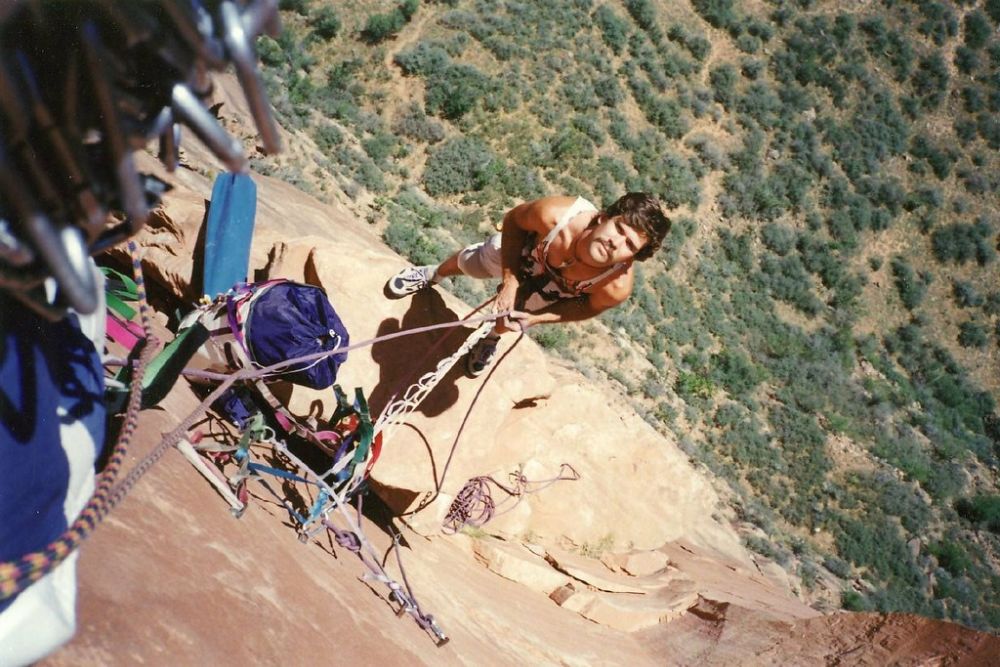
Zion National Park’s Moonlight Buttress offers 1,200 feet of sustained crack climbing on some of the most beautiful sandstone in North America, but the rock’s delicate nature demands a level of finesse that can take years to develop. The route requires mastery of every crack climbing technique, from delicate finger locks to powerful off-width struggles.
Sandstone’s tendency to break under pressure means that climbers must read the rock constantly and adjust their technique accordingly. The mental game becomes crucial as you realize that many of the holds that look solid will crumble if you weigh them incorrectly.
Like Travel Pug’s content? Follow us on MSN.
Eiger North Face
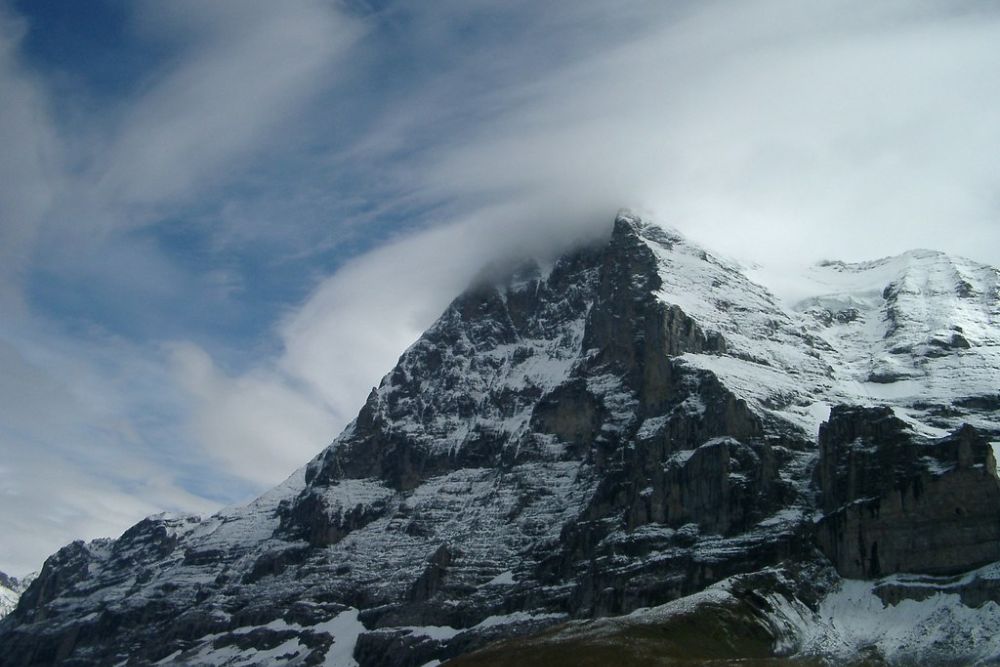
The Eiger’s North Face in Switzerland has earned the nickname ‘Murder Wall’ through decades of climbing accidents and near-misses that have claimed some of the sport’s most talented practitioners. This 5,900-foot route combines loose rock, falling stones, and rapidly changing weather conditions that can turn a manageable climb into a survival situation within hours.
The route’s length means that climbers often spend multiple nights on the wall, and retreat becomes increasingly difficult as you gain elevation. Modern climbing techniques and equipment have improved safety margins, but the mountain’s reputation for punishing even small mistakes remains well-deserved.
Separate Reality
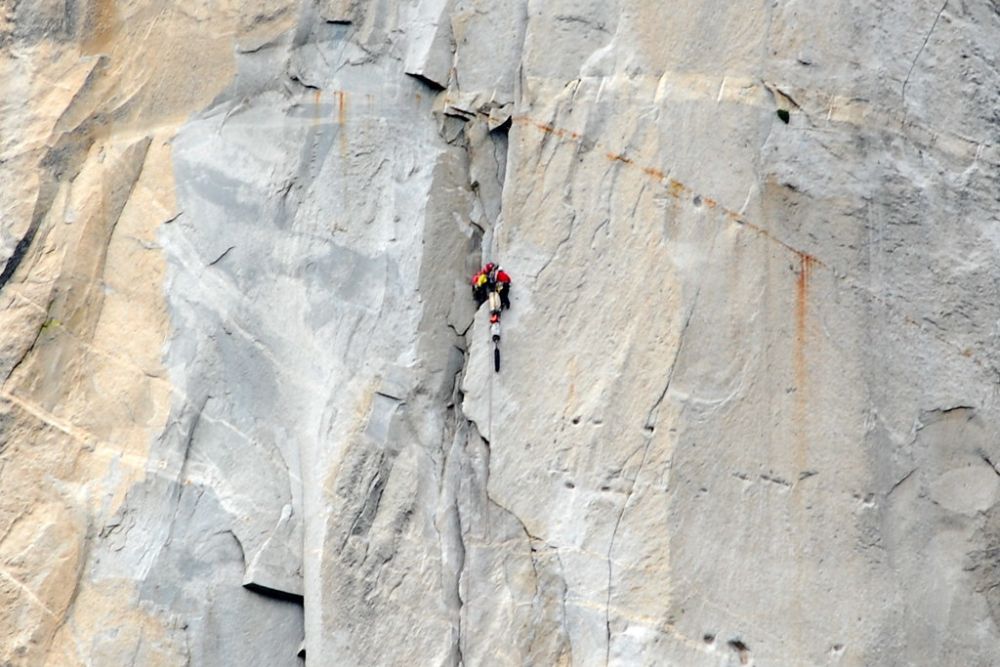
Yosemite’s Separate Reality represents the ultimate test of crack climbing endurance, featuring a 20-foot horizontal roof crack that requires climbers to traverse upside down while maintaining perfect technique. The route’s crux involves a series of hand jams that must be executed while your body hangs in space, with no opportunity to rest or shake out your arms.
The mental aspect of committing to moves while inverted adds a psychological challenge that separates this route from more straightforward crack climbs. Even experienced crack climbers often find themselves surprised by the sustained difficulty and the unique body positioning required to complete the traverse.
Mount Huntington
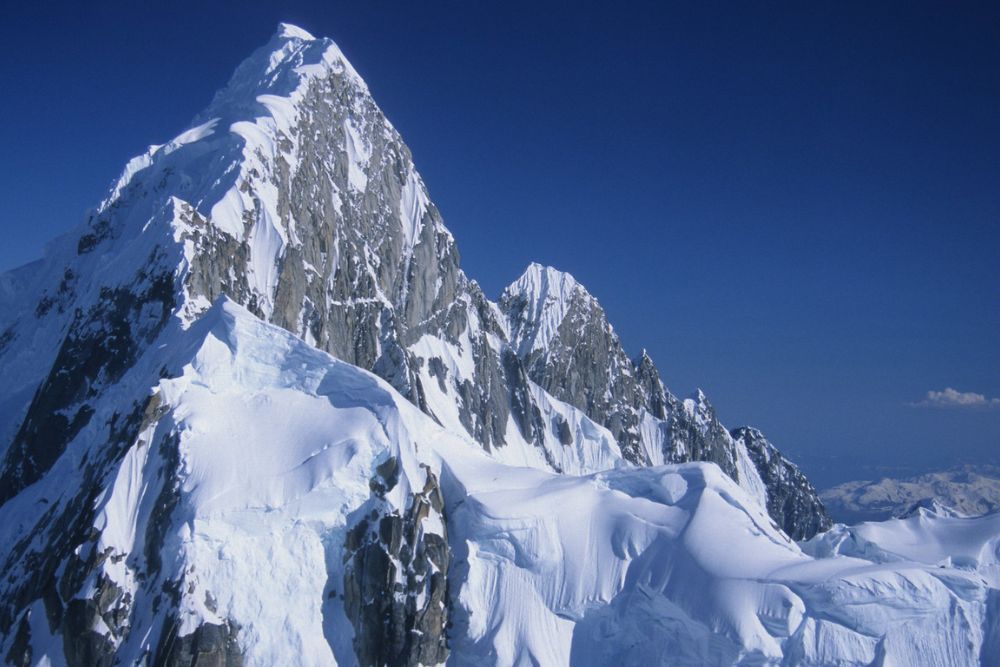
Alaska’s Mount Huntington offers one of the most committing mountaineering experiences in North America, with technical difficulty that rivals anything found in the Himalayas. The mountain’s remote location means that rescue is virtually impossible, and climbers must be completely self-sufficient for the duration of their attempt.
Weather conditions can change from manageable to life-threatening within minutes, and the combination of altitude, cold, and technical climbing pushes even elite mountaineers to their limits. The route’s sustained difficulty means that there are no easy sections where climbers can recover from the accumulated fatigue of high-altitude climbing.
Like Travel Pug’s content? Follow us on MSN.
Freerider
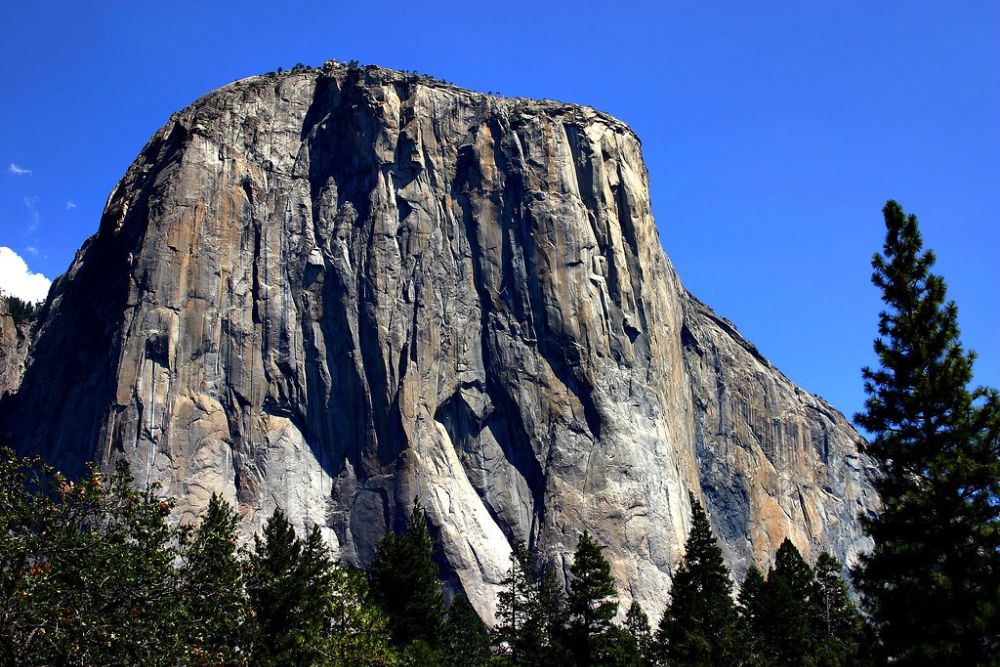
El Capitan’s Freerider route gained worldwide attention when Alex Honnold free soloed it without ropes, but the route’s difficulty extends far beyond its most famous ascent. The 3,000-foot climb requires mastery of every aspect of big wall climbing, from efficient aid climbing to sustained free climbing at the limit of most climbers’ abilities.
The route’s length means that even experienced big wall climbers often require multiple days to complete the ascent. The combination of technical difficulty, route-finding challenges, and sheer physical endurance makes this one of the most complete tests of climbing ability in the world.
Latok I
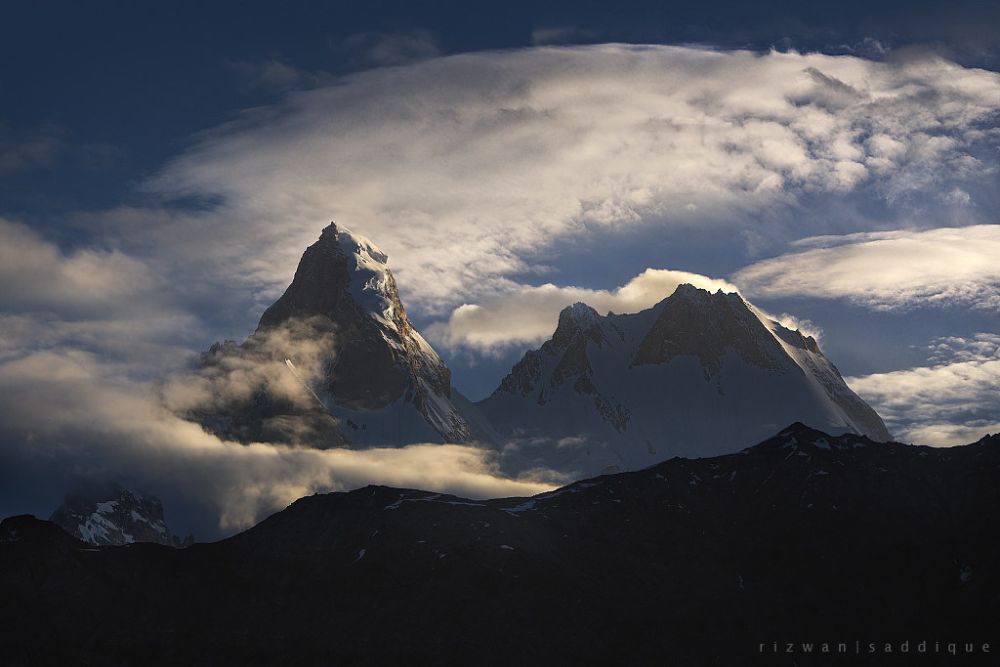
Pakistan’s Latok I have repelled dozens of attempts by some of the world’s strongest climbers, earning a reputation as one of the most challenging unclimbed peaks in the world. The mountain’s north ridge presents sustained technical climbing at extreme altitude, with rock quality that varies dramatically throughout the route.
The approach involves navigating complex glacier systems and dealing with objective hazards that include rockfall and avalanche danger. The combination of technical difficulty, altitude, and objective hazards creates a climbing challenge that has humbled even the most accomplished alpinists.
Excalibur
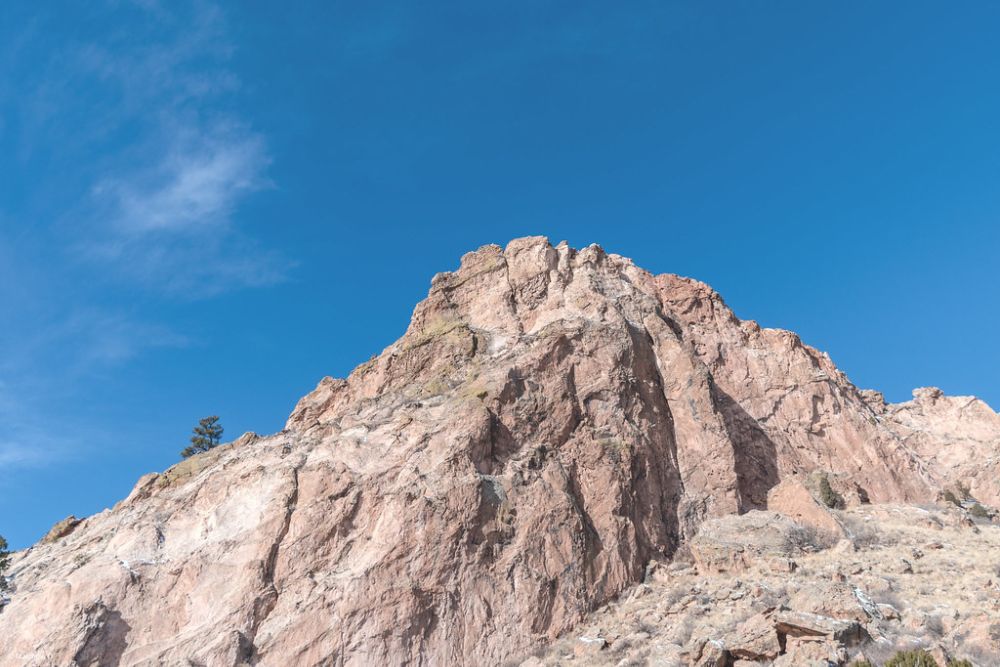
Colorado’s Excalibur represents the cutting edge of American ice climbing, with difficulties that push the boundaries of what’s possible on frozen waterfalls. The route’s sustained vertical ice requires perfect technique and a level of fitness that allows climbers to maintain precision while their muscles scream for relief.
Ice conditions vary dramatically throughout the season, and what might be climbable one day can become impossible the next. The mental aspect of ice climbing at this level requires complete confidence in your tools and technique, as even small mistakes can result in long falls onto questionable ice placements.
Like Travel Pug’s content? Follow us on MSN.
Kanchenjunga
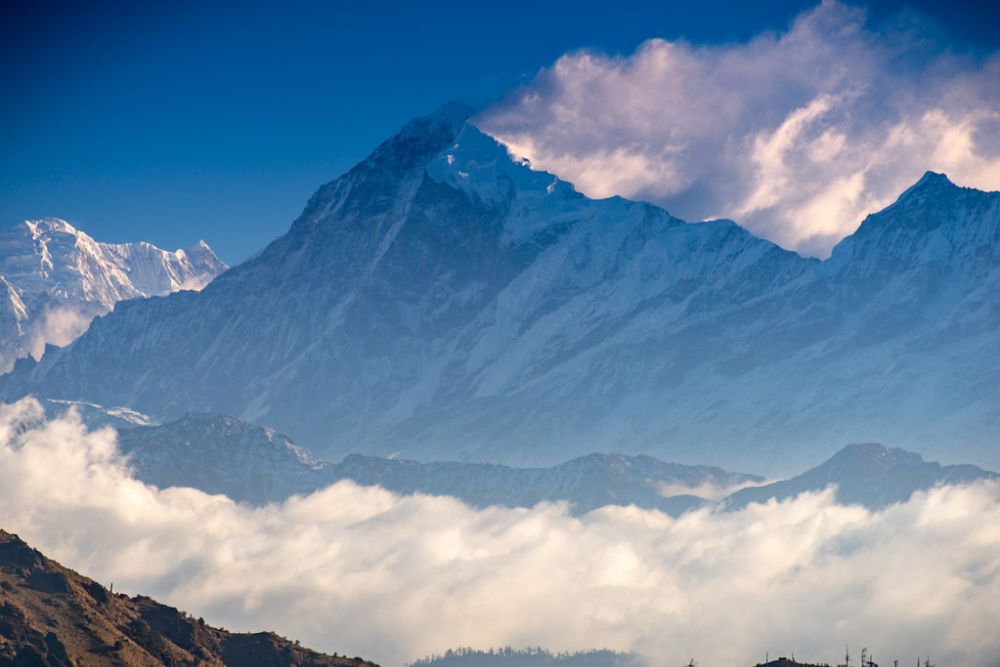
The world’s third-highest mountain presents technical challenges that exceed those found on Everest, combined with weather conditions that can trap climbers for weeks at a time. The mountain’s multiple summits create route-finding challenges that require extensive high-altitude experience and the ability to make critical decisions while dealing with the effects of extreme altitude.
Objective hazards include massive avalanche zones and crevassed glaciers that must be navigated in conditions that often reduce visibility to just a few feet. The combination of technical difficulty, objective hazards, and extreme altitude makes this mountain accessible only to the most experienced high-altitude climbers.
Phoenix
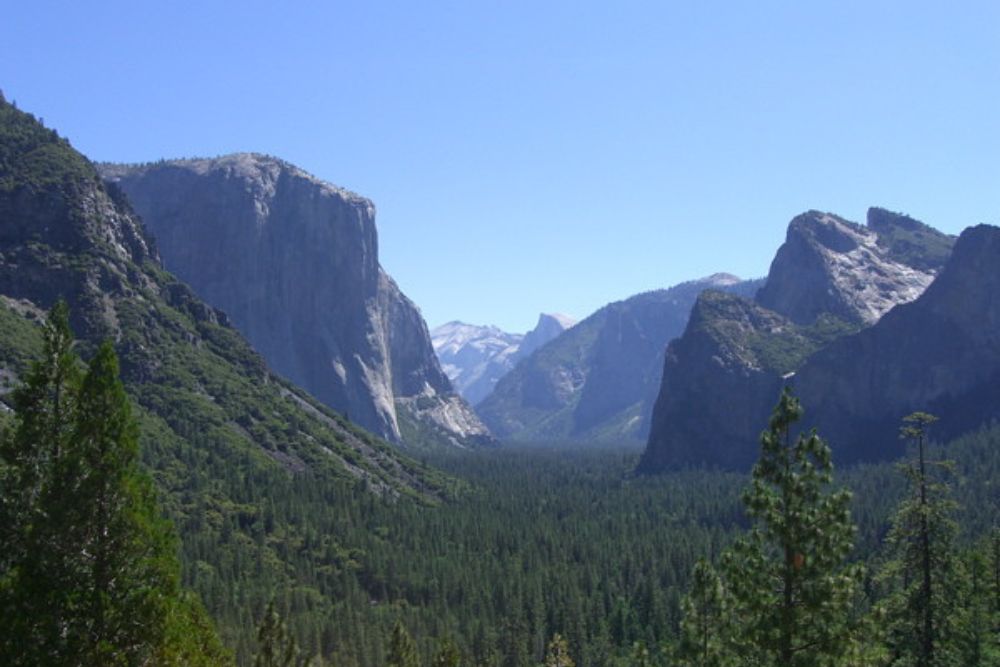
Yosemite’s Phoenix represents the ultimate test of aid climbing technique, with a reputation for eating gear and testing the limits of even the most experienced big wall climbers. The route’s sustained difficulty means that progress is measured in feet rather than pitches, and each placement requires careful consideration of the rock quality and gear options.
The psychological pressure of climbing on marginal gear while hundreds of feet above your last solid placement adds a mental challenge that goes beyond pure technical skill. Even experienced aid climbers often find themselves retreating from this route after realizing that their technique isn’t quite refined enough for the sustained difficulty.
Changabang
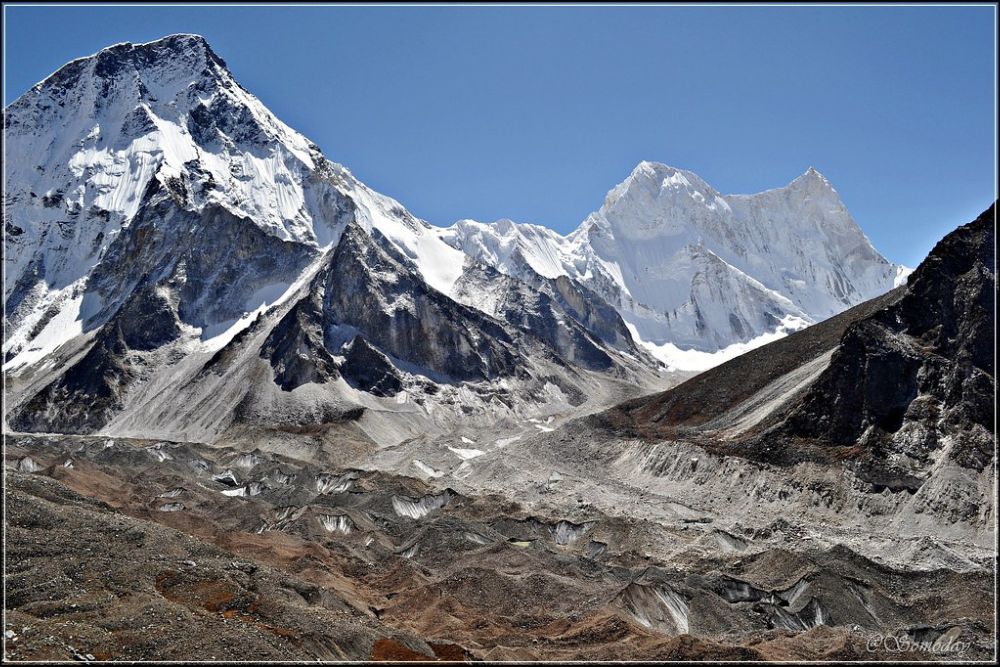
India’s Changabang offers one of the most aesthetically striking climbing challenges in the Himalayas, with technical difficulty that has attracted some of the world’s most accomplished alpinists. The mountain’s granite walls require a combination of rock climbing skills and high-altitude experience that few climbers possess.
Weather conditions in the region can change rapidly, and the mountain’s remote location means that climbers must be completely self-sufficient throughout their attempt. The route’s sustained technical difficulty at altitude creates a climbing challenge that pushes even elite mountaineers to their absolute limits.
Like Travel Pug’s content? Follow us on MSN.
Lotus Flower Tower
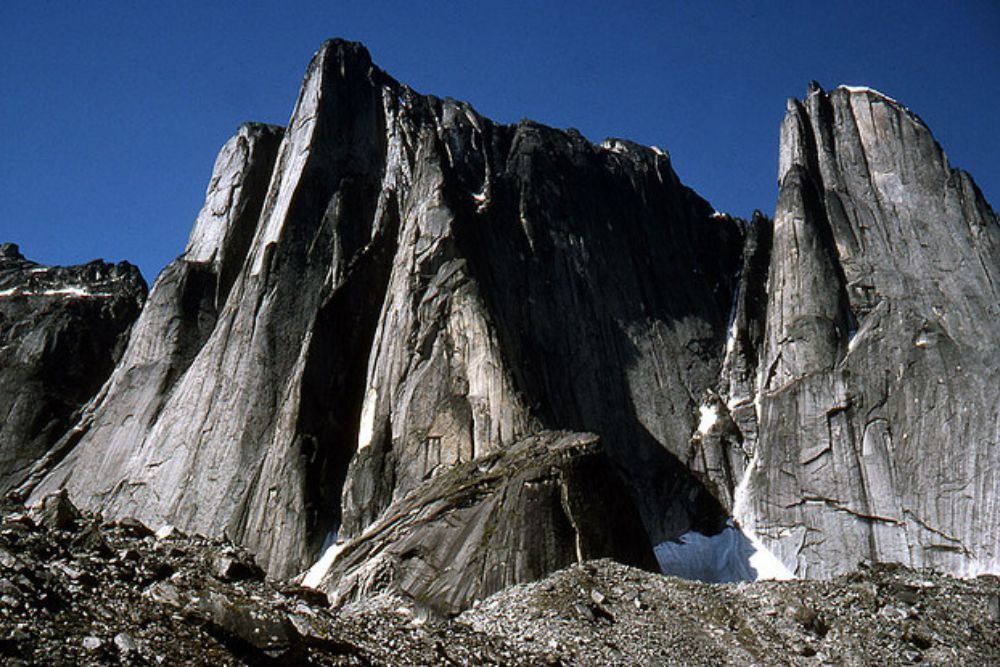
Canada’s Lotus Flower Tower represents one of the most committing granite climbs in North America, with a combination of technical difficulty and remote location that demands complete self-sufficiency. The approach involves navigating complex glacier systems and dealing with weather conditions that can strand climbers for days at a time.
The route itself requires mastery of every aspect of big wall climbing, from efficient aid technique to sustained free climbing at high grades. The tower’s isolation means that even minor mistakes can have serious consequences, and climbers must be prepared to handle any situation that arises during their attempt.
Where Legends Are Forged
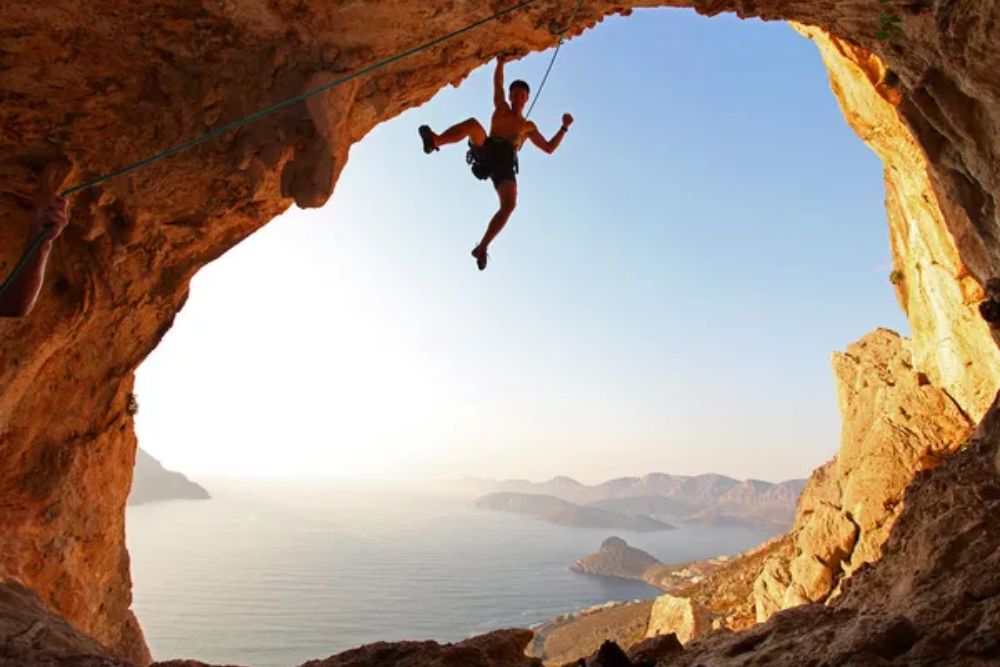
These climbing destinations represent more than just difficult routes; they’re the proving grounds where climbing legends separate themselves from the merely skilled. Each location demands not just physical prowess but a deep understanding of risk management, weather patterns, and the specific techniques required for that particular style of climbing.
The climbers who succeed on these routes often spend years preparing for a single attempt, developing the specific skills and mental fortitude required to handle the unique challenges each location presents. In a world where climbing has become increasingly accessible, these destinations remind us that some achievements still require the kind of dedication and expertise that can only be earned through years of focused practice and unwavering commitment to the craft.
More from Travel Pug

- 20 Best Beach Towns in the Carolinas
- 13 Destinations Where Tourists Regularly Regret Their Trip
- 20 Things You Actually Get in First Class
- 20 Small Airports With Aviation Museums
- 20 Places in the U.S. That Are Perfect for a Reset Trip
Like Travel Pug’s content? Follow us on MSN.
